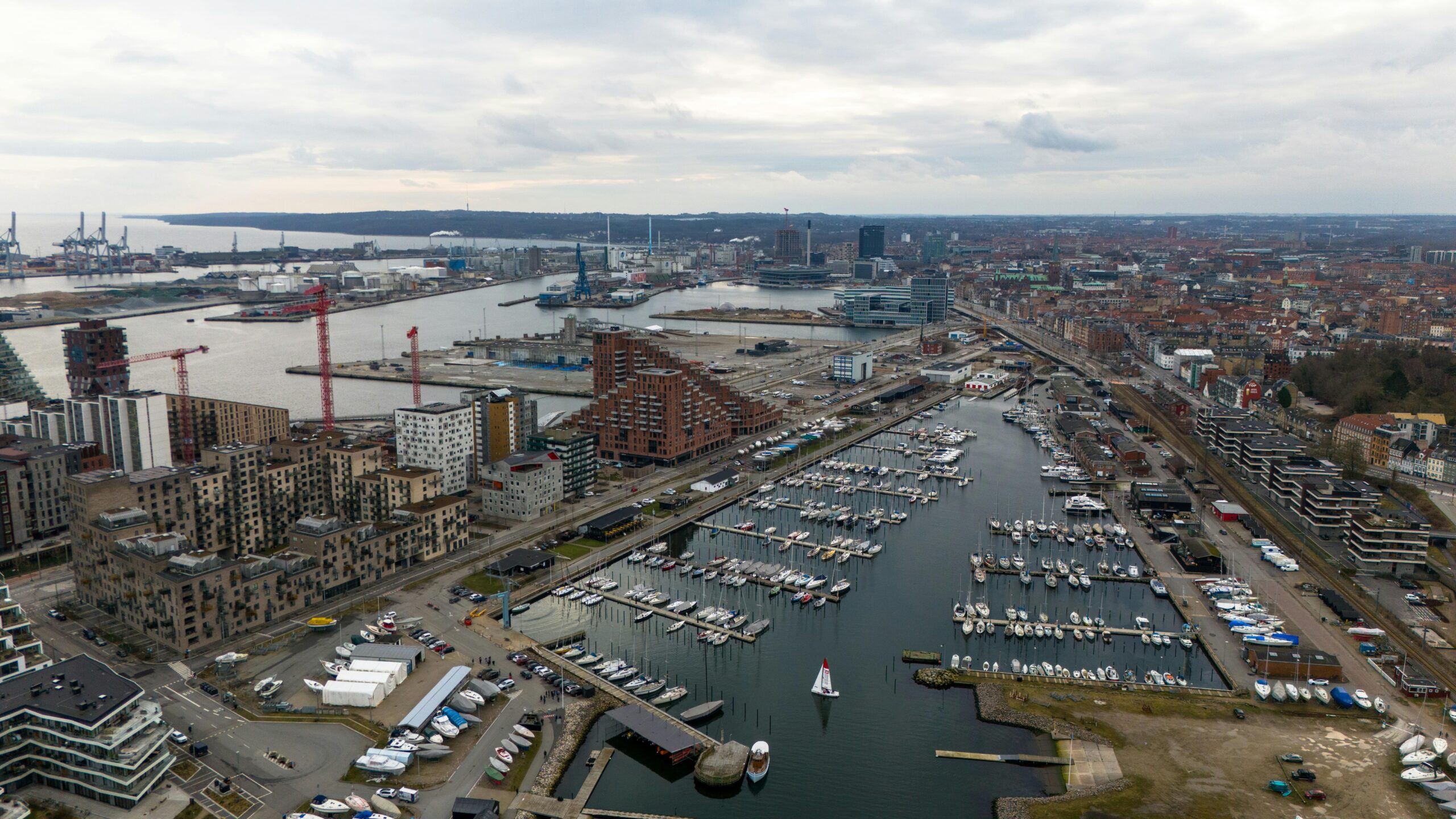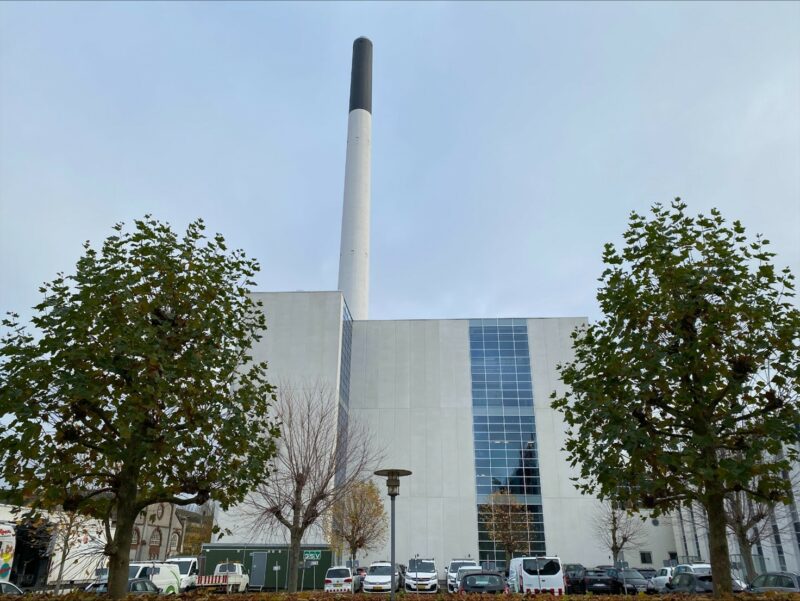A broad majority in the Aarhus City Council stands behind a new agreement on the climate strategy for Aarhus 2025-2030. New forests and converted nature, more sustainable energy, greener transportation, and stricter requirements for construction, food, waste, and the municipality itself are among the elements of the agreement, which maintains Aarhus’ path towards climate neutrality by 2030.
With the new political agreement “Climate-Neutral Aarhus 2030”, coalition parties aim to ensure Aarhus’s commitment to a sustainable future through efficient green transition measures.
Aarhus residents will, therefore, encounter faster development in solar and wind energy, new forests for nature and industry, reduced CO2 emissions from low-lying areas, improved waste recycling, and sustainable urban development prioritising social balance, cohesion, and family space. A key focus is the new carbon capture facility at Lisbjerg Power Plant, which will play a significant role in reducing CO2 emissions.
In addition to this, the agreement asserts the need for a shift from fossil fuels to greener transportation options such as EVs, public transit, cycling, and walking. Furthermore, a green mobility plan will be developed and negotiated by the city council in spring 2024.
Related news: Aarhus appointed part of EU’s climate-neutral and smart cities mission
The political agreement will be implemented through a climate plan developed by the Administration for Technology and Environment in collaboration with the Mayor’s Office. Negotiations on the climate plan will be based on an overall financial framework of EUR 40.2 m and is expected to be presented to the city council in August 2024.


















